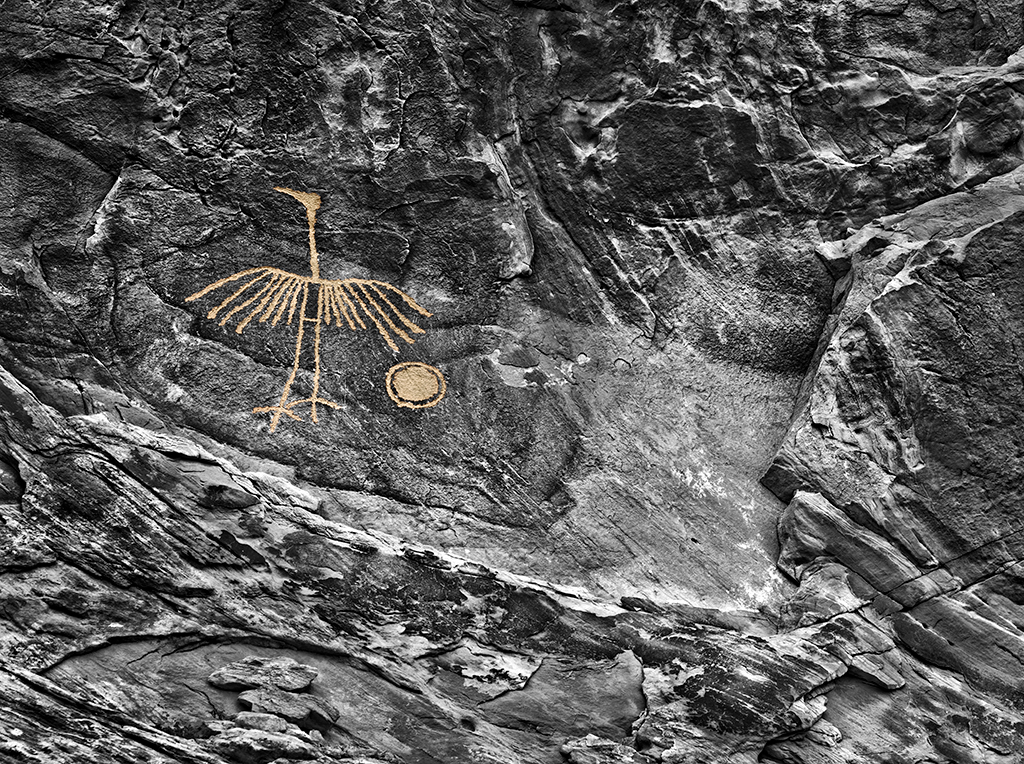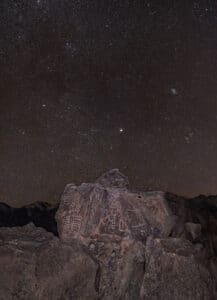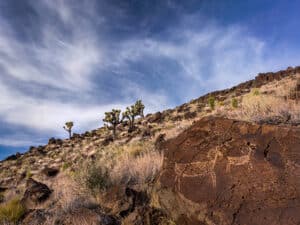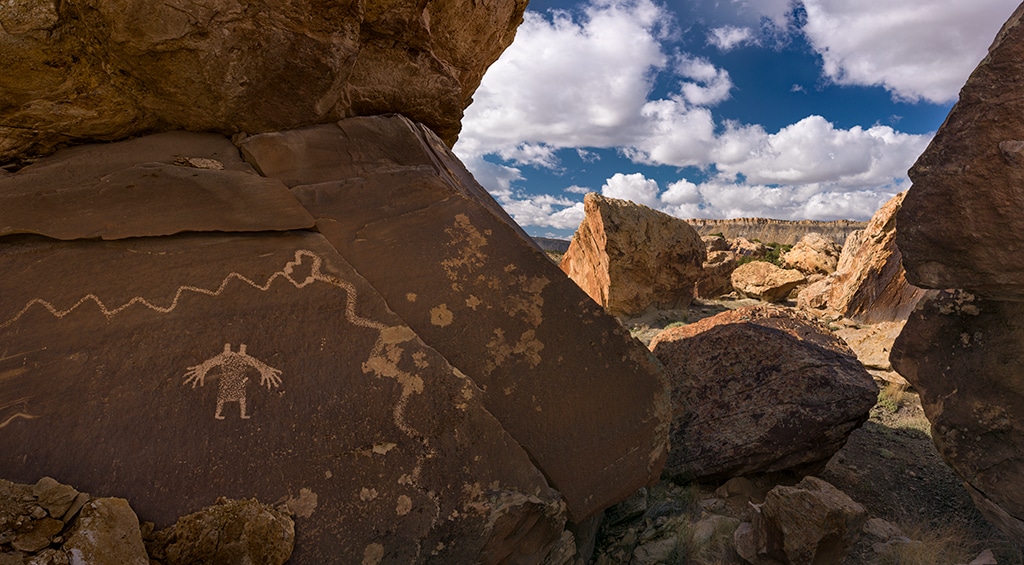Chris Schiller: The Rocks Begin to Speak

 Rock art is everywhere.
Rock art is everywhere.
The world is rich with ancient images incised in or painted on stone. There are thousands of rock art panels in the American West, with millions of images on those panels. Most of the rock art in the western U.S. was made between one and two thousand years ago, but some are much, much older – five thousand or even eight thousand years old. Almost as soon as humans were on the North American continent, people made the petroglyphs and pictographs that constitute rock art.
Images in rock art range from the abstract to representational images of animals and humans. Figures range from the bizarre to the mundane, from relief chiseled into rock to fantastical colors. Rock art has regional fashions and styles that evolved over time, much like modern art. The artists were obviously watching each other, learning, and adding their experiences and perceptions. Some rock art is simplistic, while other panels are as sophisticated and visionary as any modern art.
The meaning of rock art is mainly lost to the ages, although not due to lack of research, consultation with present-day Native Americans, and pondering. Why are humans in this panel and only sheep in another? What do the ubiquitous spirals and long wavy lines mean? Its meaning is shrouded in mystery, but much of it likely stems from ritualistic practices. Many rock art sites demonstrably mark astronomical events like solstices. Some of it undoubtedly stems from pure artistic expression.
 This collection of images is not intended to be documentary in nature, nor is it meant to be comprehensive or academic in representing the varied styles and themes found in rock art. Some of my motivation for creating these images is to place the rock art in the essential context of the landscape around it. Still, mostly, I endeavor to continue the evolution of the original artistic expression through a modern medium. Photography is a way of helping the original art endure, unfold, and emerge.
This collection of images is not intended to be documentary in nature, nor is it meant to be comprehensive or academic in representing the varied styles and themes found in rock art. Some of my motivation for creating these images is to place the rock art in the essential context of the landscape around it. Still, mostly, I endeavor to continue the evolution of the original artistic expression through a modern medium. Photography is a way of helping the original art endure, unfold, and emerge.
Many of these images were captured far from roads or settlements, so my final motivation is to bring the remote to you so that you can appreciate the vision, skill, and mystery from so long ago.
These living figures speak in powerful ways, echoing off canyon walls and down the centuries since their creation. They give voice to the stone, and I am compelled to listen.

